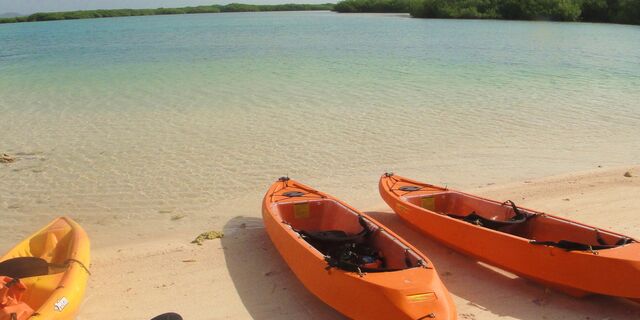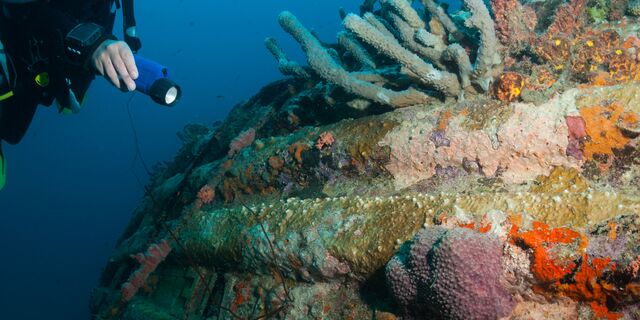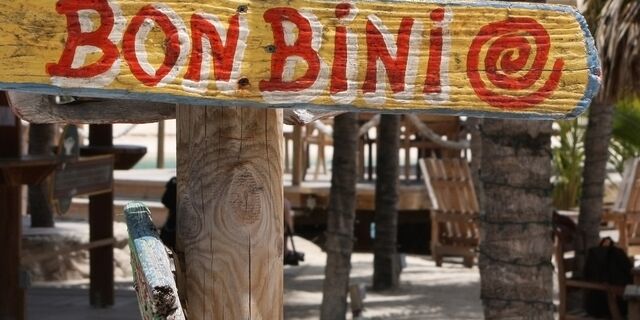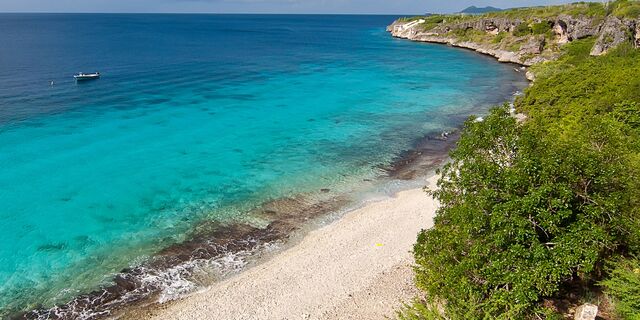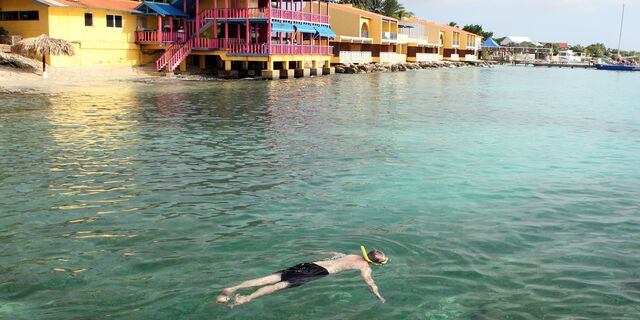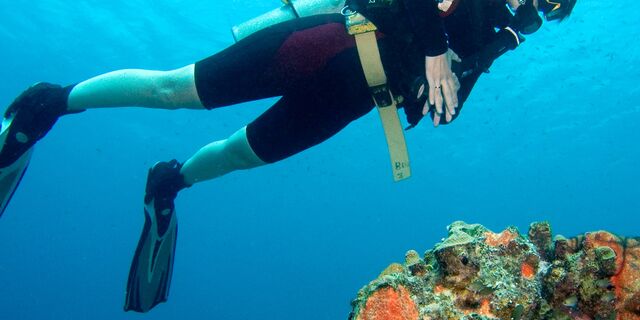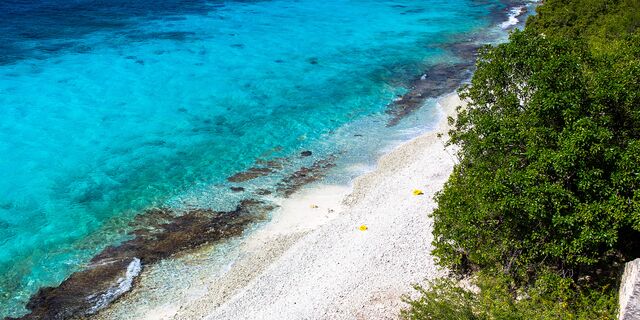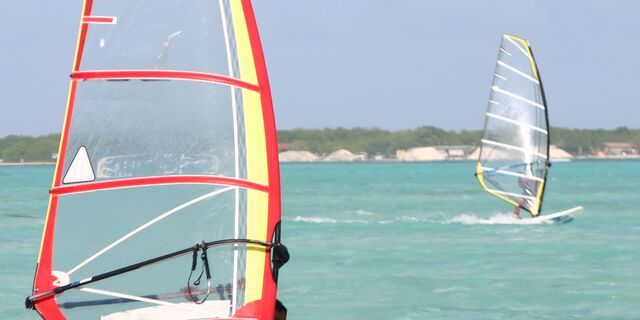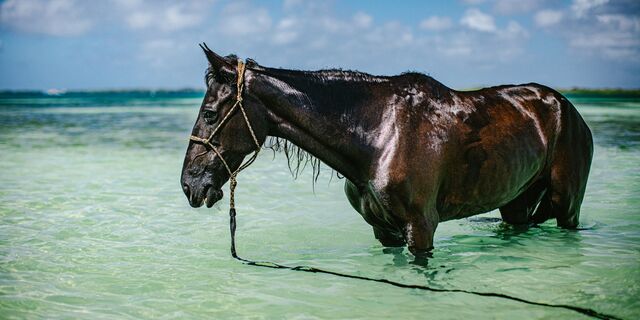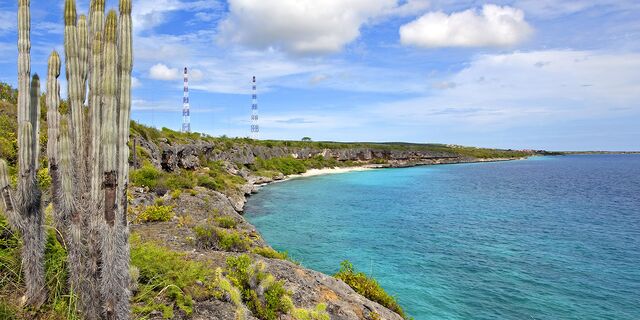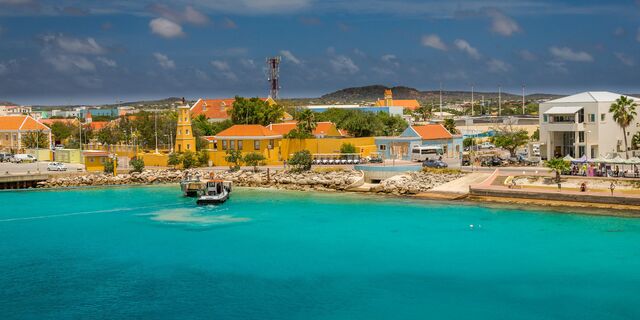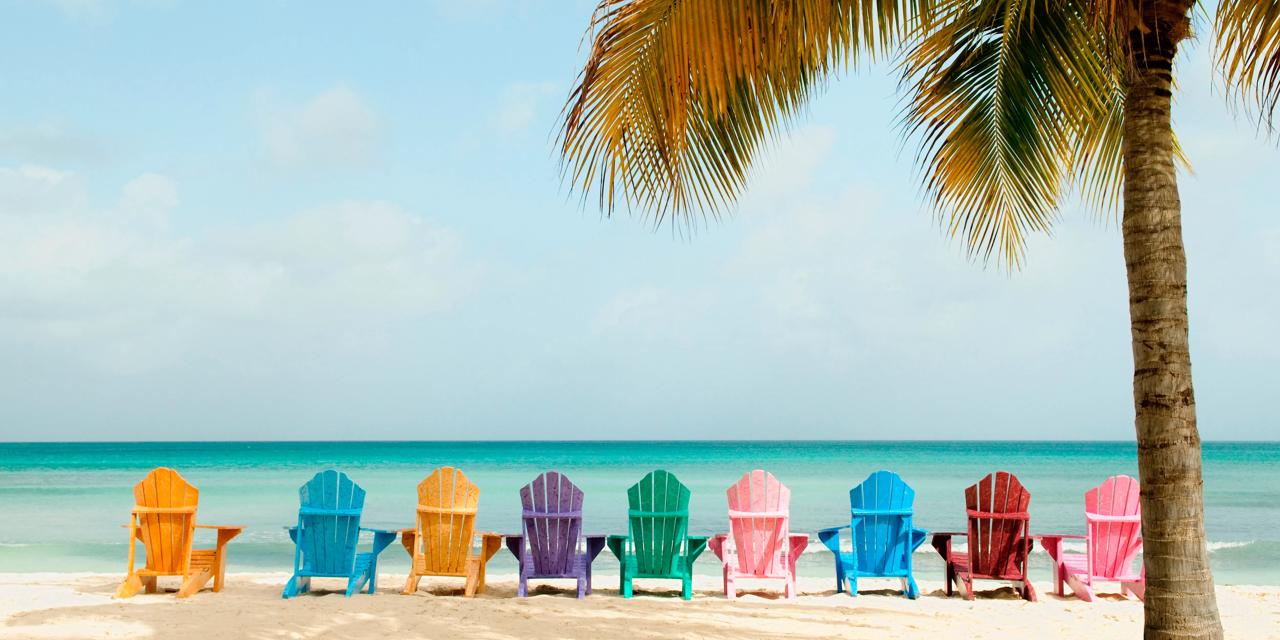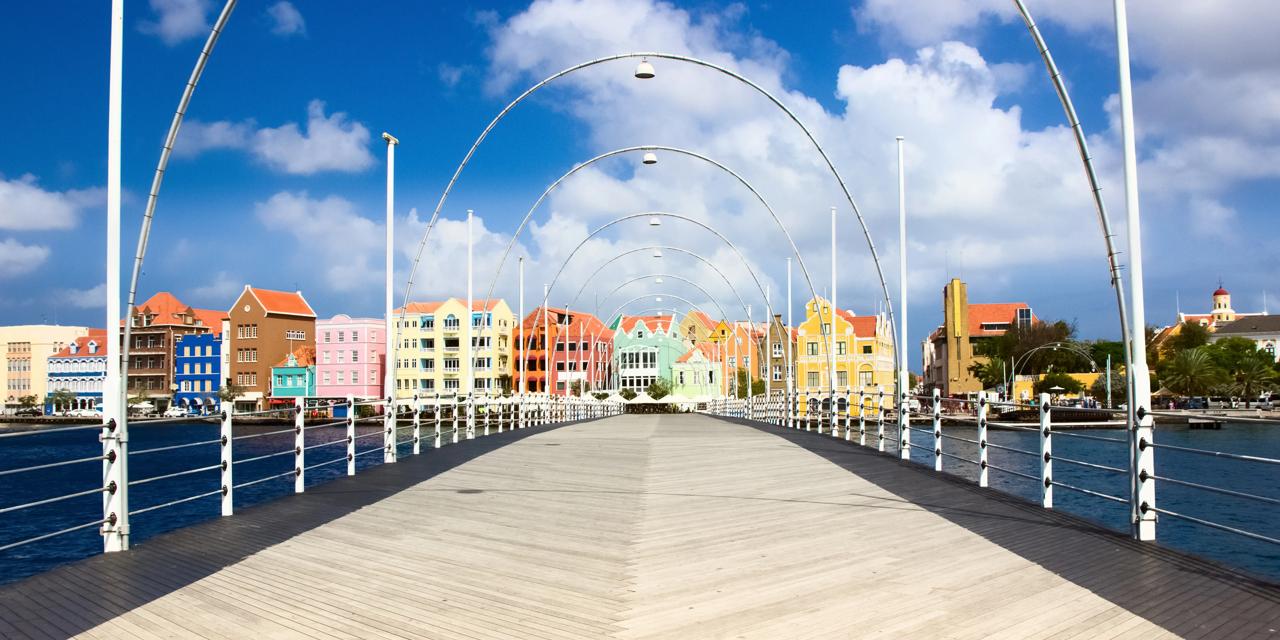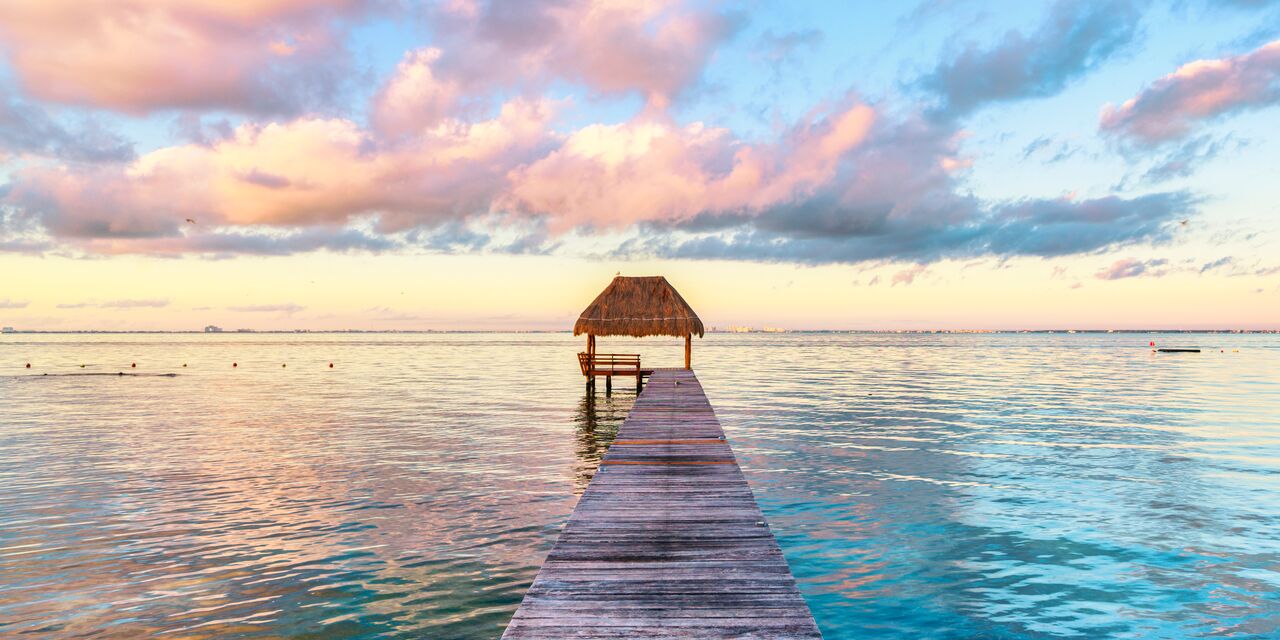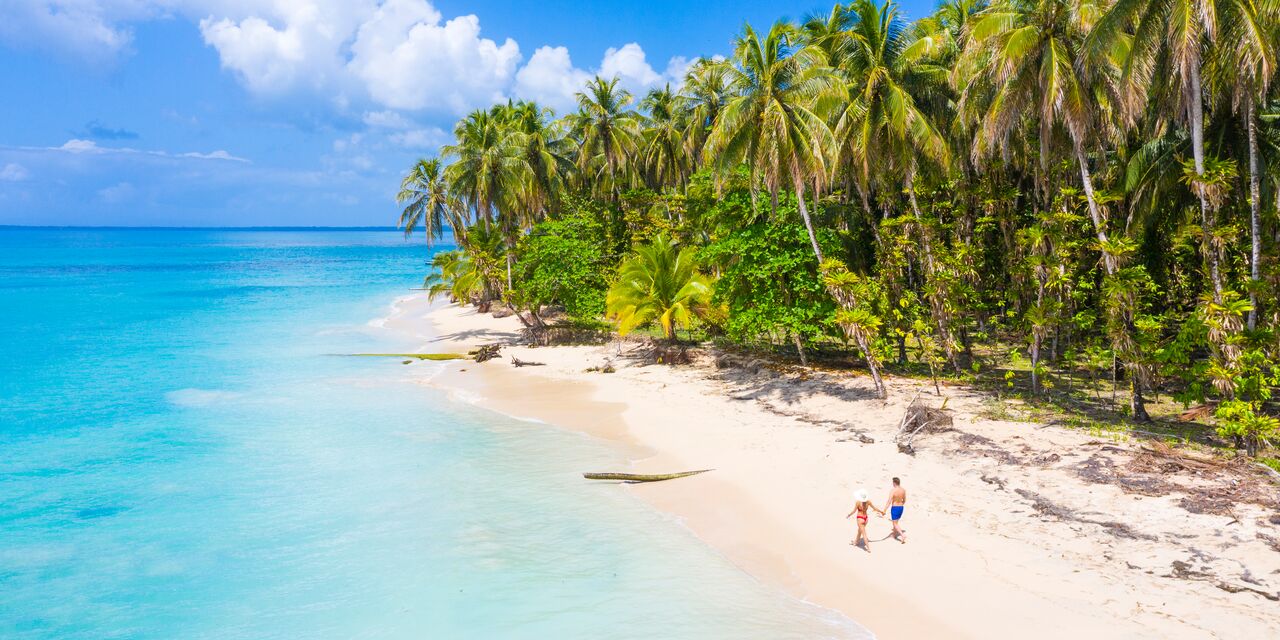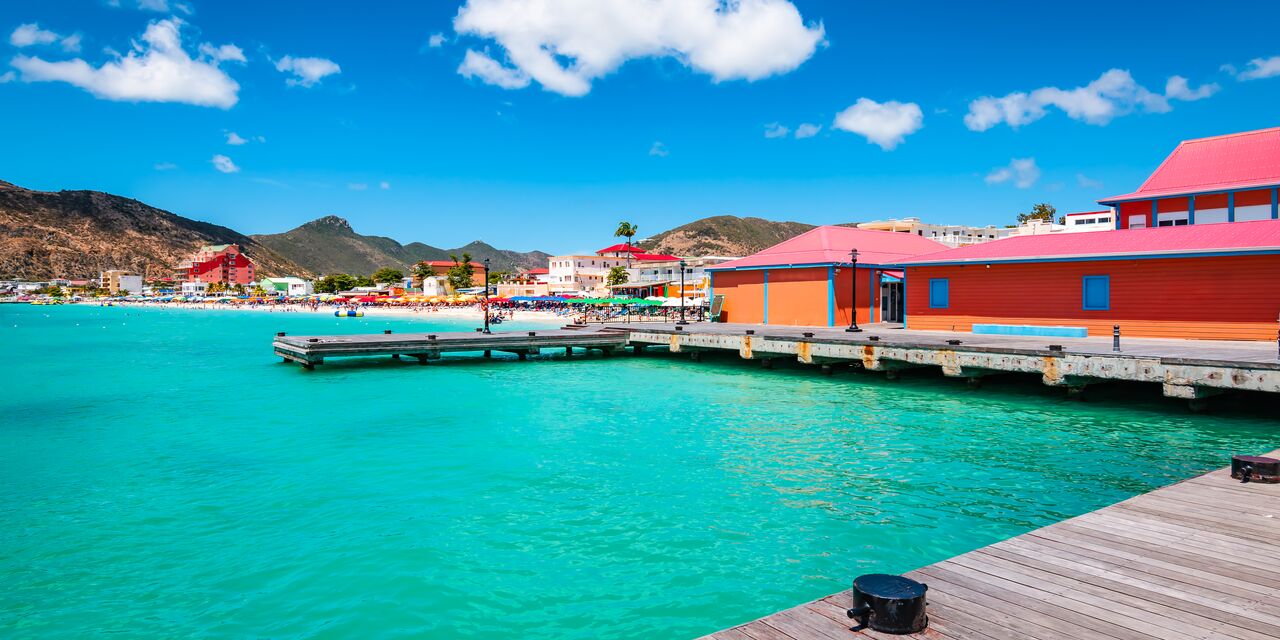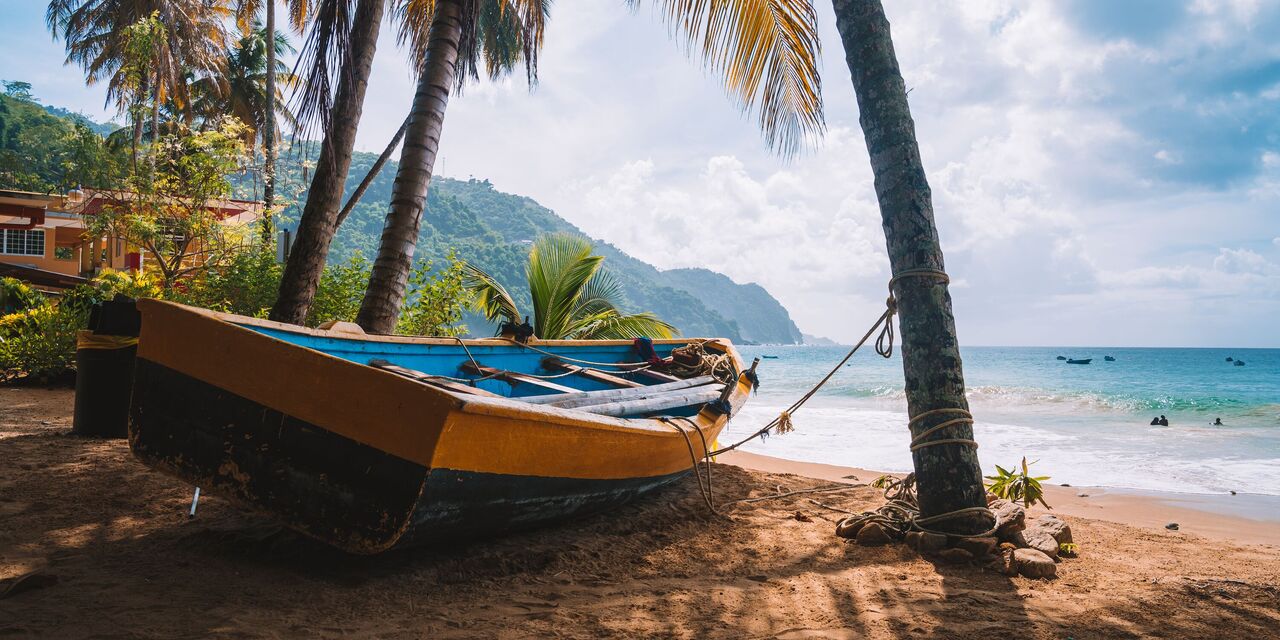Pristine Little Bonaire
Some 800 metres off the coast of Kralendijk, the capital of Bonaire, is a small uninhabited island. This is Little Bonaire, a protected nature reserve that is part of the Bonaire National Marine Park. The approximately six-square-kilometre island is popular among divers for the black coral reef that starts at the beach and goes down to a depth of 35 metres. In addition to colourful fish, there are also seahorses and rare turtles.
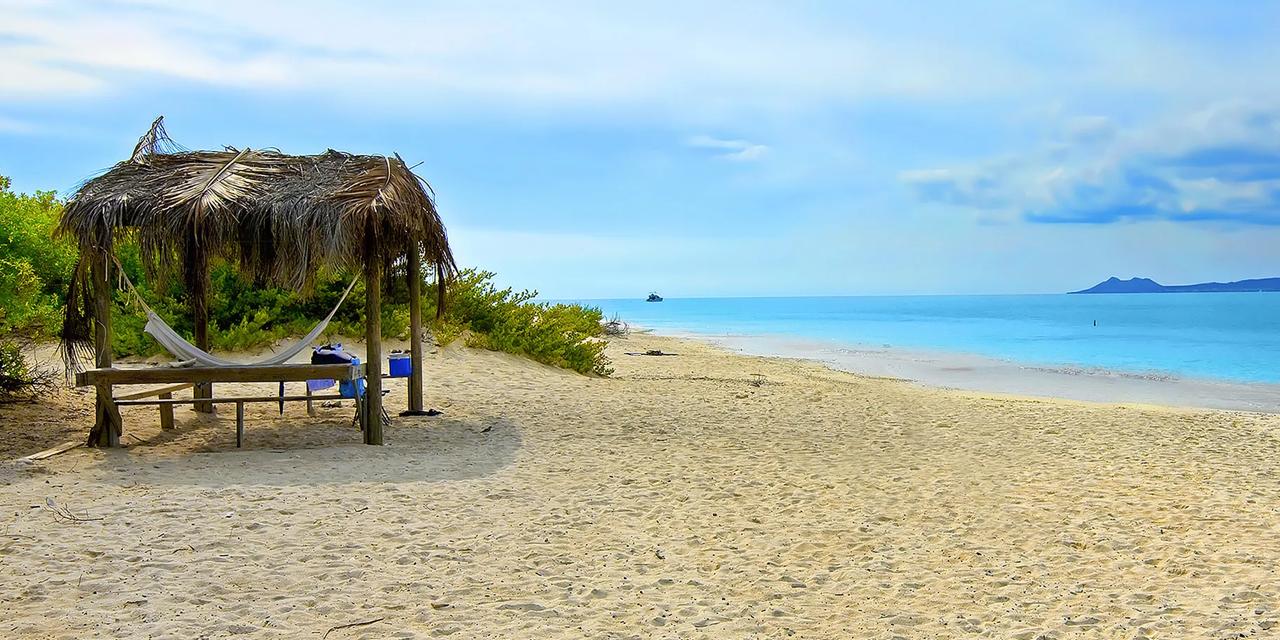
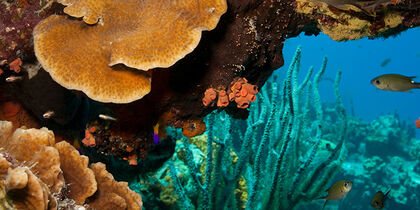
Natural paradise
Little Bonaire can be reached by water taxi, with various companies in Kralendijk providing services for the 25-minute trip. Explore the island on foot and enjoy the beaches, snorkelling or diving. The island is actually not completely uninhabited as rare hawksbill and leather turtles lay their eggs here. Anyone who discovers a new turtle nest is asked to report it to Sea Turtle Conservation Bonaire, which will then ensure protection. The 3 saliñas (salt lakes) often feature flamingos that flock here in search of food. Walking around you’ll see evidence of past inhabitants. There are still a few slave huts on the east, and a small lighthouse in the south. In the mid-19th century the commanders of Bonaire were worried about a cholera outbreak, and Little Bonaire was made a quarantine station for incoming ships. As a result, the island still features the remains of a doctor’s station with an old-fashioned fireplace and oven.
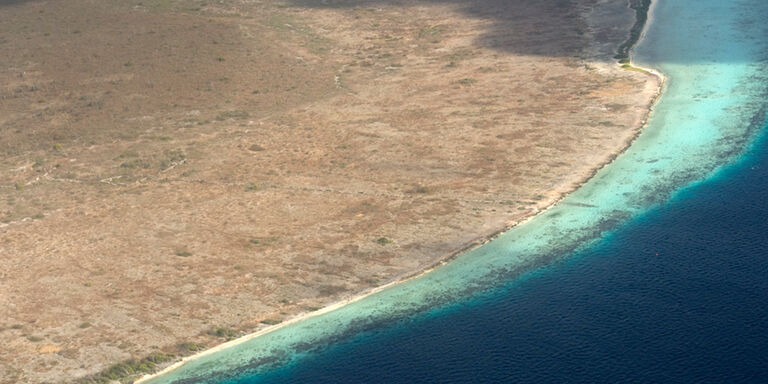
Hungry goats
Little Bonaire used to be covered with trees and shrubs. This ended in 1868 when the island was auctioned off and sold to a private individual for 8,000 guilders who used it to keep goats. The goats appreciated the greenery and proceeded to eat the island bare. Under the name Operation Great Goat Round Up, all the animals were removed from the island in 1966. Since then there have been initiatives to reforest the island and some trees have hence returned. In 1999, Little Bonaire was returned to the people of Bonaire.
*The displayed prices are for one adult. All amounts are in THB. Taxes and surcharges are included. No booking fee is applicable, but a payment surcharge may apply. Prices shown may vary depending on fare availability.
The weather forecast information is provided by World Weather Online. Air France-KLM is not responsible for the reliability of this data.

